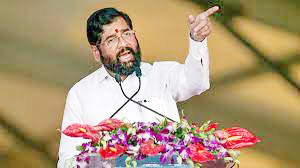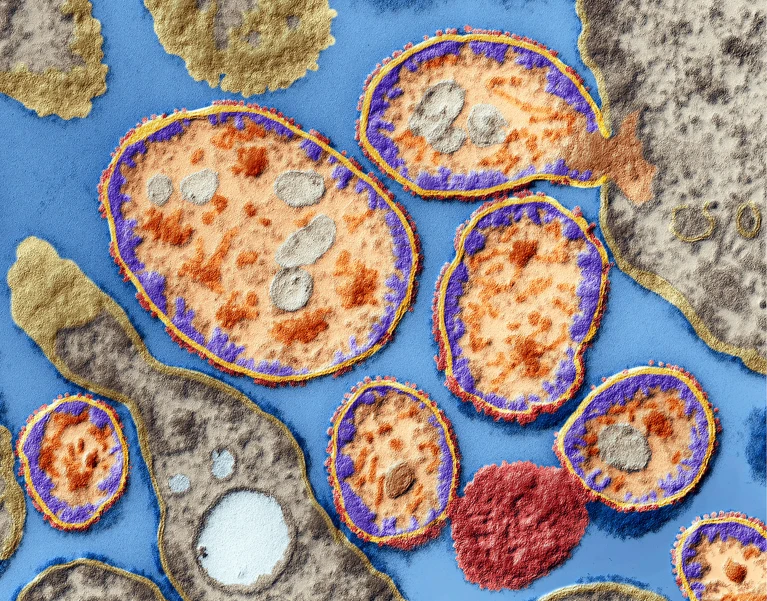
Maharashtra Chief Minister Eknath Shinde stirred discussions on Tuesday regarding the Haji Malang Dargah issue, which has been contested by right-wing groups asserting it as a temple. Shinde declared his dedication to the “liberation” of this centuries-old structure.
During his address at the “Malanggad Harinam Mahotsav,” a religious gathering in Thane district, Shinde acknowledged the sentiments surrounding Malanggad. He recalled the initiation of the liberation movement by Anand Dighe, proclaiming, “Anand Dighe started the liberation movement of Malanggad after which we have started saying ‘Jay Malang Shri Malang.’ I want to let you know that there are certain things that can’t be said in public. I know that there are certain beliefs that you have in your hearts about the liberation of Malanggad. Let me say this that Eknath Shinde will not stay quiet till he fulfills your wishes.”
The Haji Malang Dargah, situated on a hill south of Kalyan, is dedicated to the sufi saint Haji Abd-ul-Rahman, also known as Haji Malang Baba.
In the mid-eighties, the local Shiv Sena unit, led by Dighe, initiated an agitation asserting that the structure was originally an ancient Hindu shrine belonging to Nath Panth, as per the orders of yogis. The Shiv Sena was the first to campaign for reclaiming the structure, referred to as Malanggad.
The Gazetteers of Bombay Presidency, published in 1882, makes reference to the structure, acknowledging its existence since the 12th century. It was described as a shrine built in honor of an Arab missionary, Haji Abd-ul-Rahman, who settled on the lower plateau of the hill with his followers.















